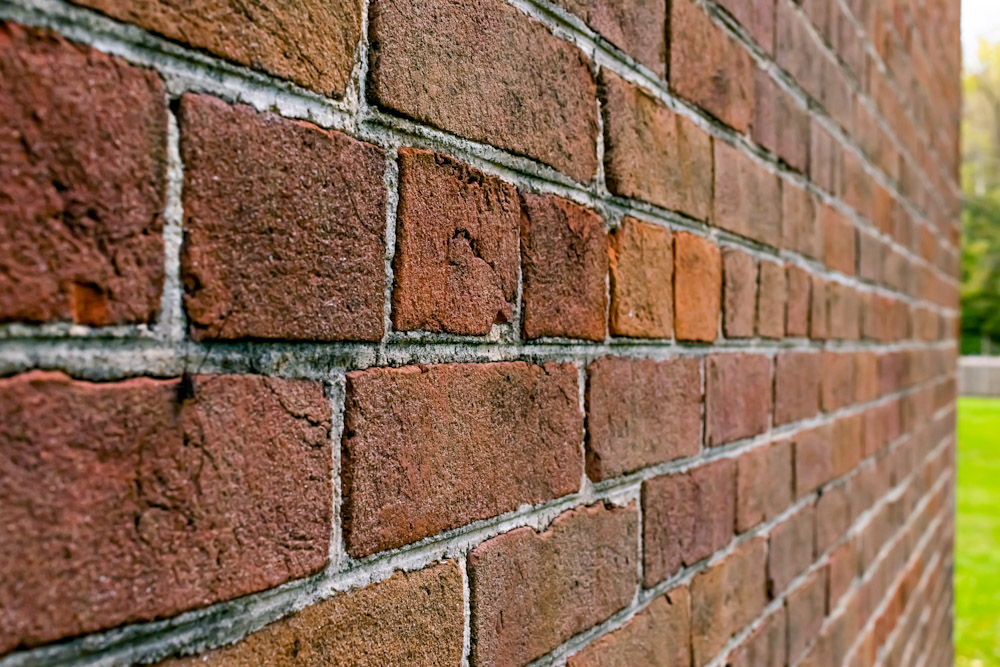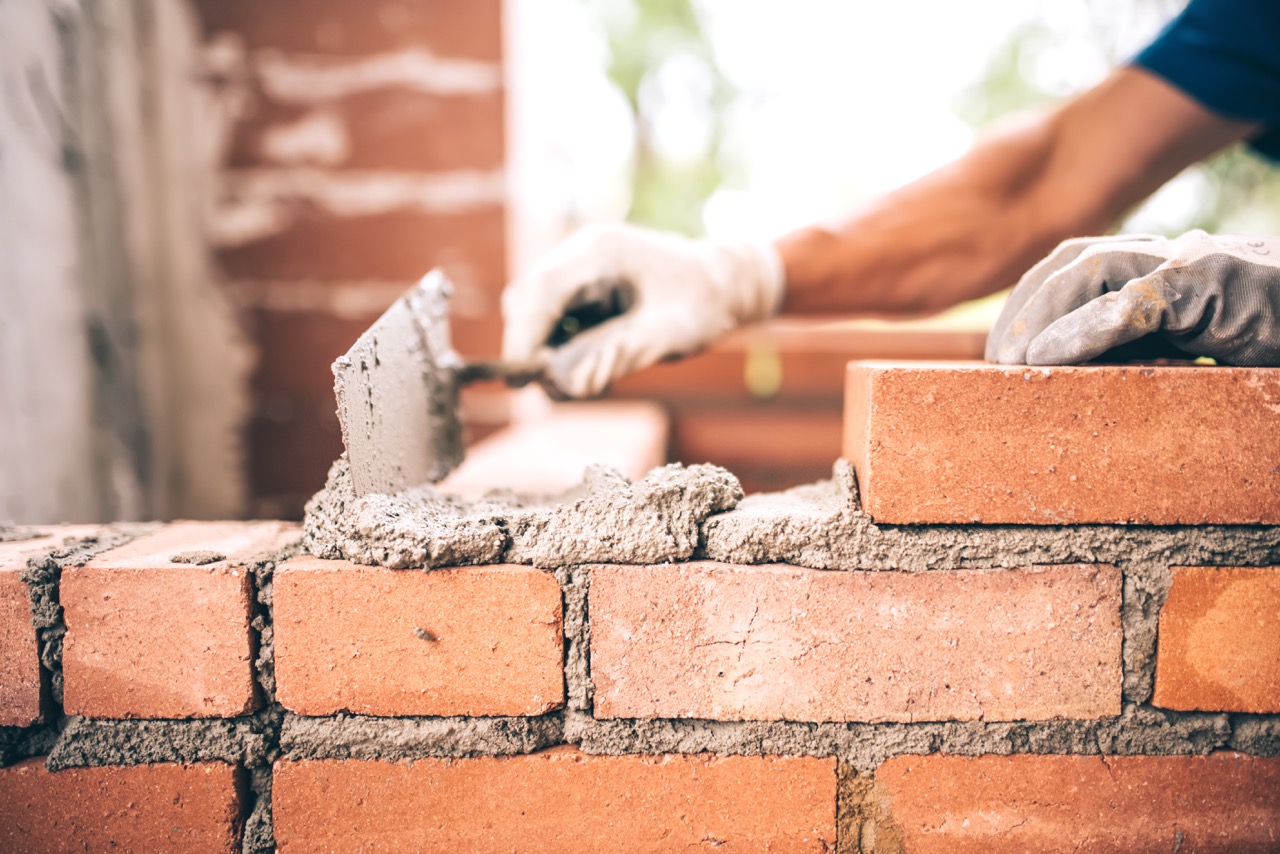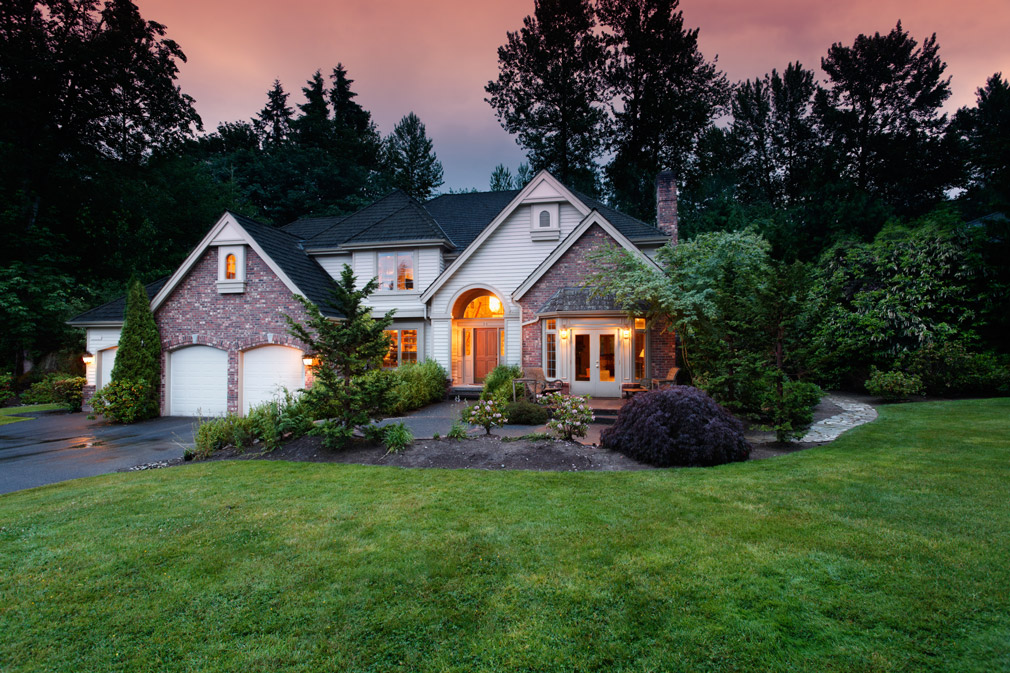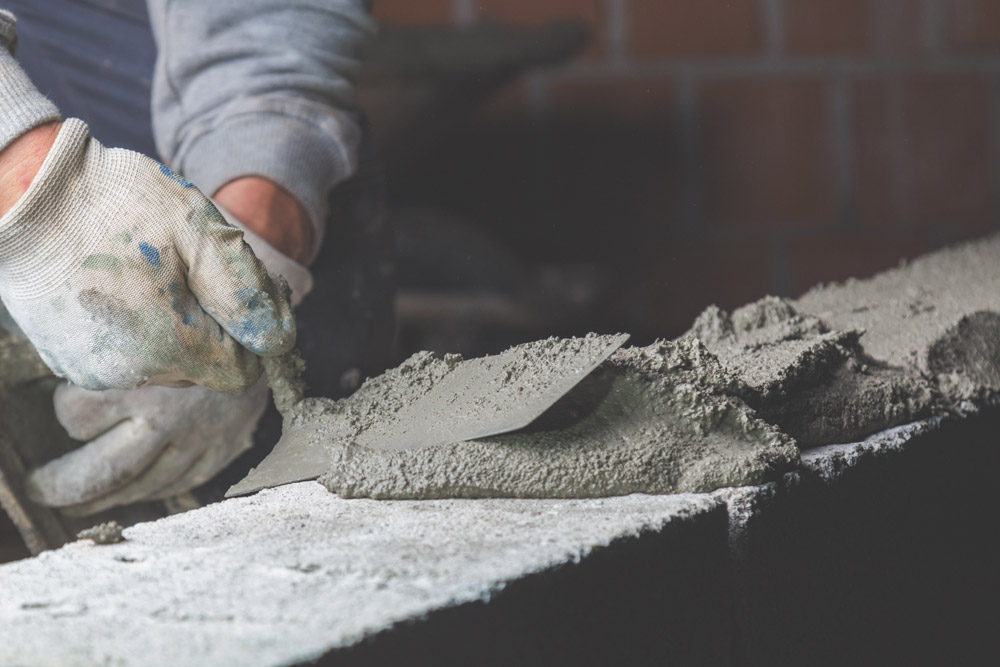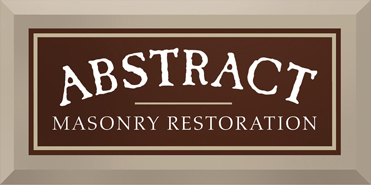The dichotomy that lies at the heart of all building restoration projects has been described, in no uncertain terms, as a philosophical conundrum. “If you want to respect an old [building],” goes the quotation, “it’s important to keep the philosophy of the builder in mind. You can honor it by restoring its original state or you can honor it by restoring its original intention.” Which direction does the restorer go? In the case of repairing historic masonry, there are two methods: either tear down the crumbling parts of the building and put up something newer with a look that serves as a facsimile of the original, like a brick façade; or retouch the broken areas using classic techniques and as many of the old materials as possible.
This choice is perhaps best illustrated when attempting to restore the pointing on old stone walls. Pointing is the process during construction wherein you fill in the mortar joints between your masonry components. The mortar is used to adhere the various pieces to one another, forming a completed wall or structure. No matter how well this critical part of the project was performed, the nature of the mortar﹘especially historic masonry mortar, created from a mixture of sand, water, and lime﹘is that it won’t last forever. Once the adhesive starts to erode, there are two processes used during the building’s restoration to preserve the safety, beauty, and integrity of the structure. These are known as repointing and tuckpointing.
- Repointing is a process by which the old mortar is removed and the new mortar is placed back into the space between the original masonry stones.
- Tuckpointing is a similar process that uses two different colors of mortar: one that matches the color of the masonry, and a thinner line that uses a contrasting color for the spacing line.
In many circles, people use the terms “repointing” and “tuckpointing” interchangeably, but the final aesthetic is notably different between the two. As such, it’s important to make an educated decision on which process you want for your building restoration project.
Aesthetic Qualities of Tuckpointing
Tuckpointing results in a more vivid look to the finished product. The narrow lines of mortar filling (referred to within the industry as fillets) with its color contrasting that of the bricks, creates the illusion that the stones have sharp edges that result in straight lines. This presents an impressive, if not altogether fabricated, look of utter perfection as if the bricks were laid with unimpeachable exactness. If done right, a person looking at a tuckpointing job won’t be unable to discern the difference between the masonry and color-matched mortar unless they examine it very closely. This process helps replicate the look of far finer, far more expensive masonry materials at a much-reduced cost.
The Purpose of Repointing
Repointing, on the other hand, isn’t meant to replicate the look of anything. The mortar between bricks creates a softer look along the edges of your masonry, sometimes giving it the impression of being intentionally distressed. When working on a restoration job in the Salt Lake City area, we usually employ repointing to gut the failing mortar and reseal the fillets without putting undue stress on the masonry materials already on site.

